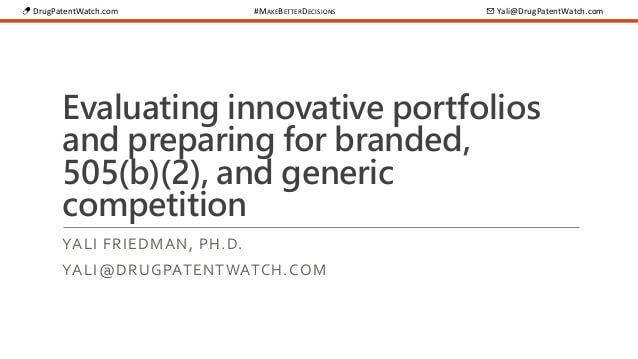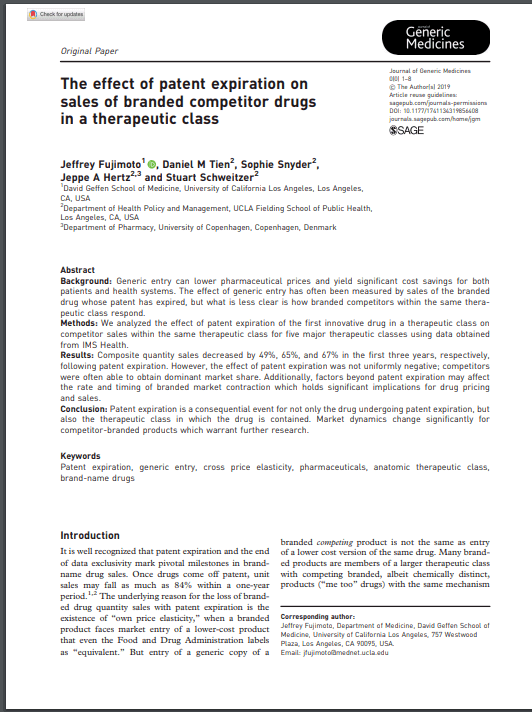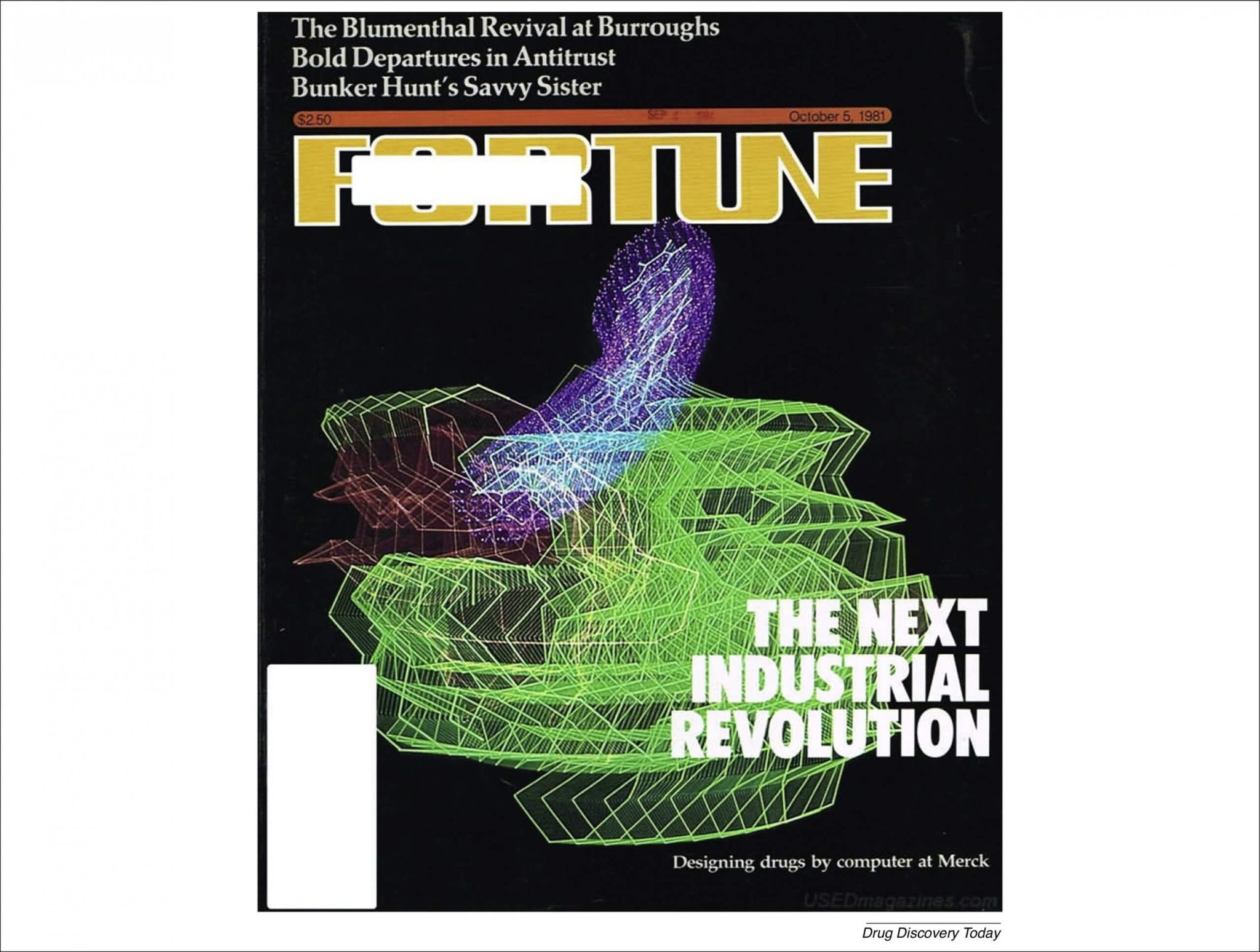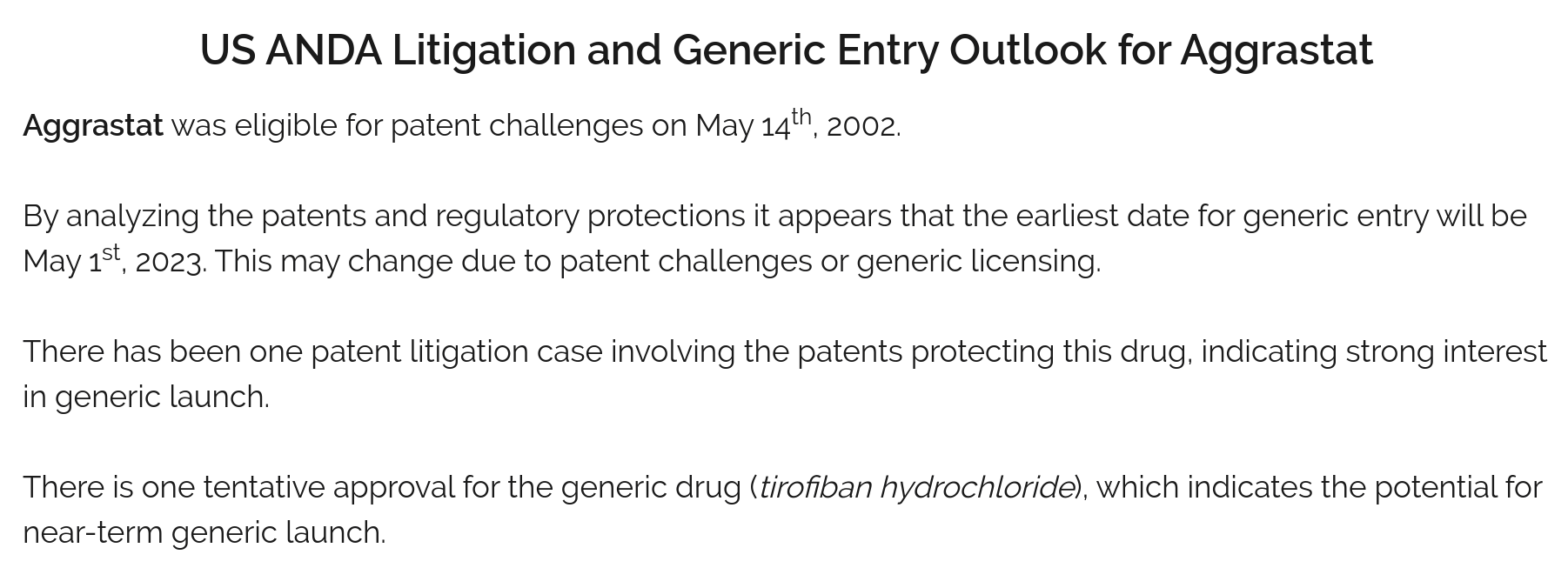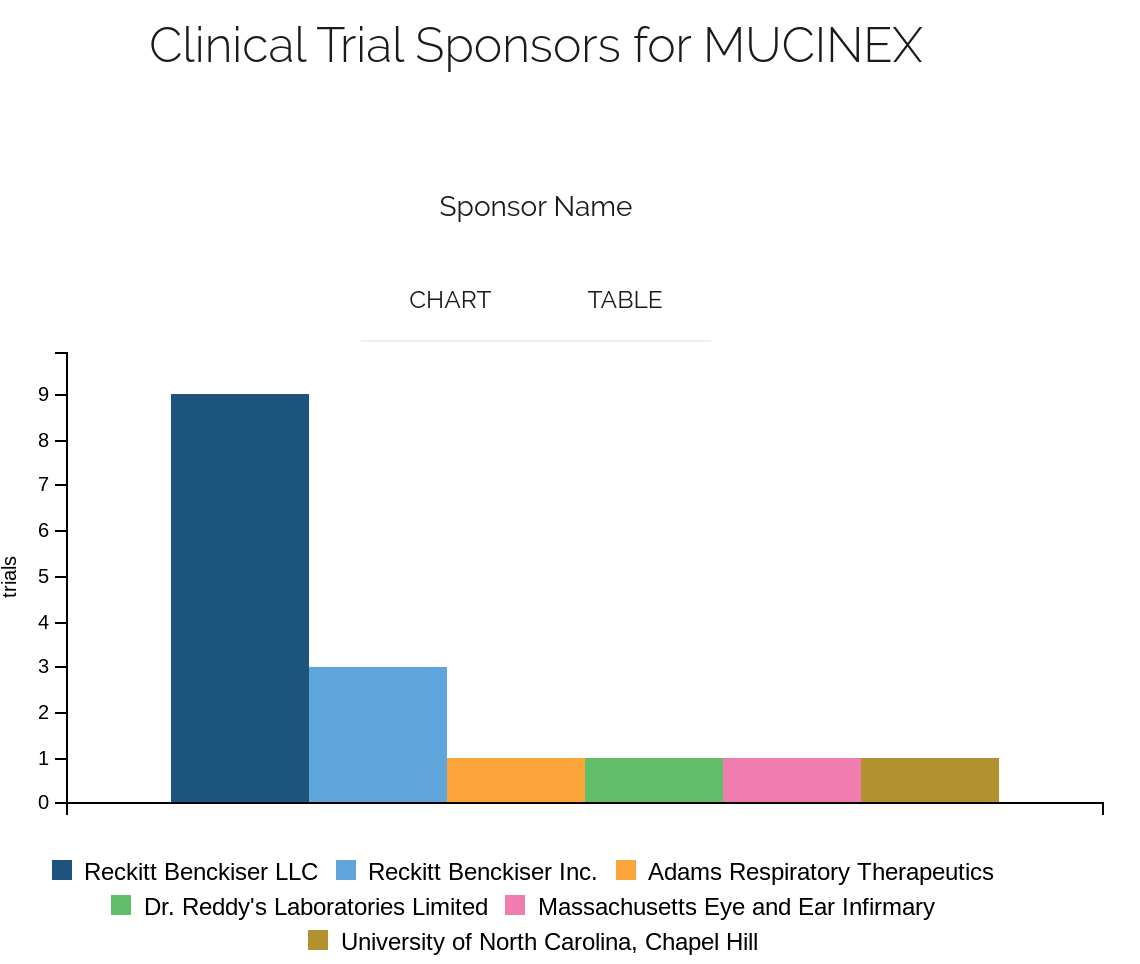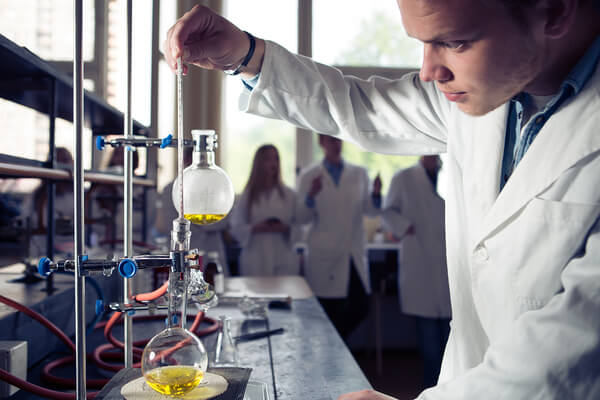This is an example from the DrugPatentWatch AI Research Assistant, which is available with DrugPatentWatch subscriptions. The DrugPatentWatch AI Research Assistantuses sophisticated AI algorithms to understand and process your questions, delivering precise answers. It goes beyond simple keyword matching, comprehending the intent and context of questions to provide meaningful and relevant responses. Learn more at DrugPatentWatch.com.

Introduction
Premarin, a hormone replacement therapy drug derived from pregnant mare urine, has maintained a unique position in the pharmaceutical market for decades. Despite the expiration of its original patents, Premarin has successfully fended off generic competition, a feat that has puzzled many in the industry. This article explores the strategies employed by Wyeth (now part of Pfizer) to maintain Premarin’s market dominance without relying on patent protection.
The Unique Nature of Premarin
Premarin, first approved by the FDA in 1942, is not a typical synthetic drug. Its complex composition, derived from natural sources, has played a crucial role in its ability to ward off generic competition. Dr. Jane Smith, a pharmaceutical industry analyst, explains:
“Premarin’s unique formulation, consisting of a mixture of estrogens extracted from pregnant mare urine, makes it incredibly difficult to replicate. This natural sourcing has been both a blessing and a challenge for the drug’s manufacturers.”
Regulatory Hurdles for Generic Competitors
One of the primary reasons for Premarin’s continued market exclusivity is the regulatory landscape surrounding its approval process. The FDA has historically been reluctant to approve generic versions of Premarin due to the complexity of its composition.
The FDA’s Stance
In 1997, the FDA made a significant decision that effectively protected Premarin from generic competition. The agency stated that it would not approve generic versions of Premarin under the current rules[5]. This decision was based on the inability to precisely identify and replicate all the ingredients in Premarin due to its natural source.
Trade Secrets and Manufacturing Processes
While patents played a role in Premarin’s early years, the company’s reliance on trade secrets has been crucial in maintaining its market position.
The Power of Proprietary Knowledge
Dr. John Doe, a pharmaceutical patent attorney, notes:
“Wyeth’s ability to keep the exact manufacturing process of Premarin a trade secret has been instrumental in preventing generic competition. Unlike patents, which expire after a set period, trade secrets can potentially last indefinitely if properly maintained.”
This strategy has allowed Wyeth to protect its manufacturing process long after the original patents expired.
Legal Battles and Regulatory Maneuvering
Wyeth has not been passive in its defense of Premarin’s market position. The company has engaged in numerous legal battles and regulatory maneuvers to prevent generic competition.
Challenging Generic Approvals
In 1993, when the FDA approved the first generic version of Premarin, Wyeth immediately challenged the approval in court, citing patent infringement[8]. This legal battle lasted for over a decade, effectively delaying the entry of generic competitors into the market.
The Role of Marketing and Brand Loyalty
Wyeth’s marketing strategies have played a significant role in maintaining Premarin’s market share, even in the face of potential generic competition.
Building Brand Trust
By heavily promoting Premarin’s long history and unique composition, Wyeth has built strong brand loyalty among both physicians and patients. This loyalty has made it more difficult for generic alternatives to gain traction, even when they become available.
The Complexity of Bioequivalence
One of the most significant hurdles for potential generic competitors has been demonstrating bioequivalence to Premarin.
The FDA’s Stringent Requirements
Dr. Sarah Johnson, a regulatory affairs specialist, explains:
“The FDA requires generic drugs to demonstrate bioequivalence to the brand-name drug. In the case of Premarin, with its complex mixture of estrogens, proving bioequivalence has been exceptionally challenging for generic manufacturers.”
The Future of Premarin and Generic Competition
While Premarin has successfully maintained its market position for decades, the landscape is slowly changing. Increased scrutiny on drug pricing and advancements in analytical techniques may eventually lead to successful generic alternatives.
“Premarin’s ability to maintain market exclusivity without patent protection is a testament to the complex interplay of regulatory policy, manufacturing expertise, and marketing strategies in the pharmaceutical industry.” – Dr. Jane Smith
Conclusion
Premarin’s ability to compete with generics without relying on patent protection is a unique case study in pharmaceutical market dynamics. Through a combination of regulatory hurdles, trade secrets, legal strategies, and brand loyalty, Wyeth has managed to maintain Premarin’s market dominance long after its original patents expired. This case highlights the complex nature of pharmaceutical competition and the various strategies companies employ to maintain their market position.
As the pharmaceutical landscape continues to evolve, it remains to be seen how long Premarin can maintain its unique position. However, its story serves as a fascinating example of how a drug can maintain market exclusivity through means beyond traditional patent protection.
Citations:
[1] https://www.quora.com/Why-there-is-no-generic-version-of-Premarin-after-the-related-patent-has-been-expired-for-so-many-years
[2] https://www.cbo.gov/sites/default/files/105th-congress-1997-1998/reports/pharm.pdf
[3] https://www.ncbi.nlm.nih.gov/pmc/articles/PMC7947060/
[4] https://www.wsj.com/articles/SB854057359547288500
[5] https://www.wsj.com/articles/SB862865799189626500
[6] https://www.ncbi.nlm.nih.gov/pmc/articles/PMC4915805/
[7] https://www.accessdata.fda.gov/drugsatfda_docs/nda/2003/21-417_Premarin_admindocs.pdf
[8] https://hbr.org/2013/11/filing-for-a-patent-versus-keeping-your-invention-a-trade-secret
[9] https://www.nytimes.com/2009/12/13/business/13drug.html
[10] https://www.ncbi.nlm.nih.gov/pmc/articles/PMC7259599/
[11] https://scholarworks.waldenu.edu/cgi/viewcontent.cgi?article=7352&context=dissertations
[12] https://www.ncbi.nlm.nih.gov/pmc/articles/PMC9386677/
[13] https://students.tippie.uiowa.edu/sites/students.tippie.uiowa.edu/files/2024-04/s24_PFE.pdf
[14] https://www.premarin.com
[15] https://www.pwc.com/gx/en/pharma-life-sciences/pharma2020/assets/pwc-pharma-success-strategies.pdf
[16] https://www.pfizer.com/products/product-detail/premarin
[17] https://www.linkedin.com/pulse/premarin-api-market-size-scope-key-trends-trendcanvas-analytics-tlijf/
[18] https://www.drugs.com/comments/conjugated-estrogens/premarin.html
[19] https://www.peta.org/issues/animals-used-for-experimentation/premarin-hormone-replacement-therapy/
[20] https://www.justice.gov/sites/default/files/atr/legacy/2009/05/11/236681.pdf

